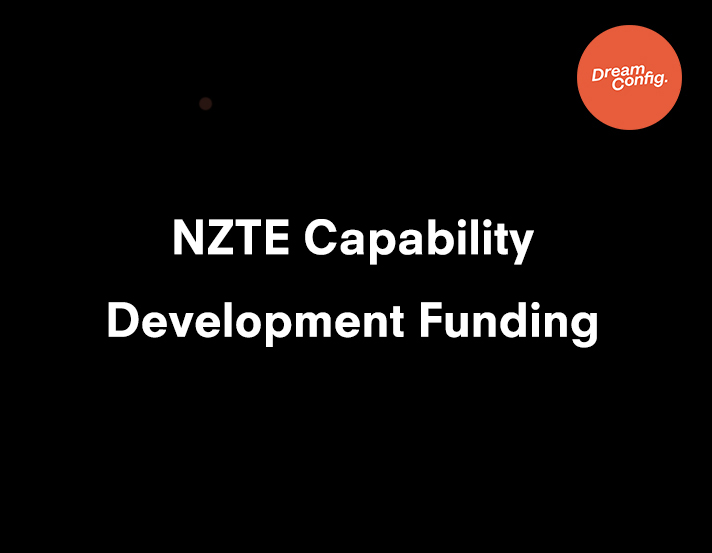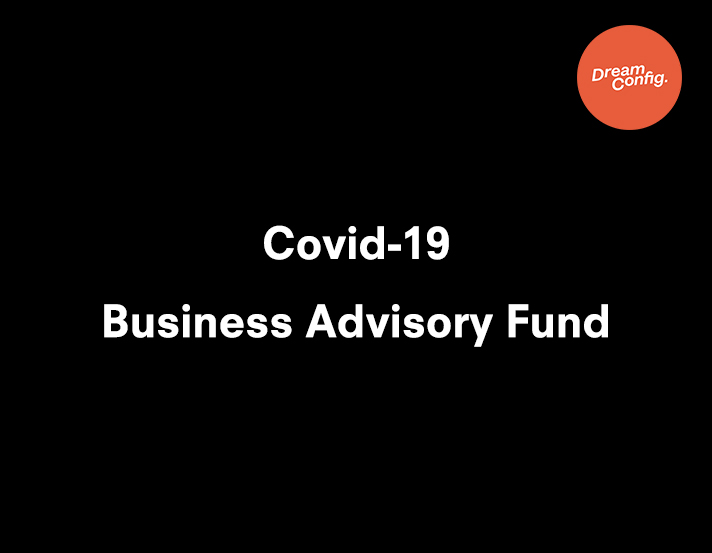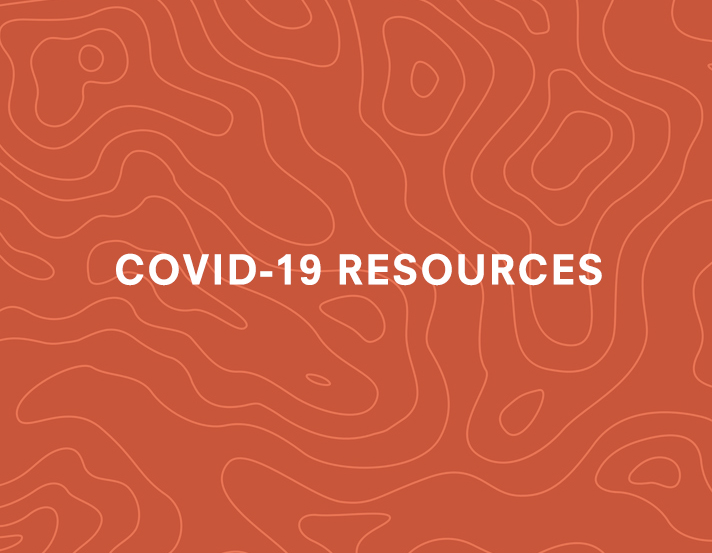Thoughts
The way customers discover, evaluate and interact with brands online continues to evolve.
Thanks largely to the rise in AI-powered everything, AI and web design are now becoming inseparable. These powerful tools both for building as a designer/developer or experiencing as a user, are quickly raising the bar for what everyone now expects from their digital experiences across the board.
It’s not enough to think about which AI features to plug into your redesign. You’ll want to zoom out and ask how the entire digital presence will perform, adapt and stay visible as AI reshapes customer expectations and behaviours like never before.
In this article, you’ll learn how to future-proof your website redesign with artificial intelligence as a central consideration. AI can certainly make parts of the design process faster and more efficient, but it can also introduce new challenges around strategy, structure and scalability. If long-term performance is your priority, your digital presence needs to be designed with these AI-era realities in mind.
Let’s start by identifying the “right” website redesign strategy for your brand. The approach will depend heavily on the features and information your users rely on most - whether that means seamless checkout for an e-commerce store, credibility and trust signals for a professional services site, or scalable growth pathways for a SaaS platform.
With the internet currently undergoing its biggest shift since the dawn of mobile, AI tools, no-code platforms and even “vibe coding” techniques are now automating large chunks of the web design process - from design elements to web page architecture. What once took full project teams can increasingly be handled by just a few people, or even a single person equipped with the right stack.
Less than a decade ago, launching a credible, visually appealing and high-quality website often required a small army: a designer, a developer, a copywriter and a marketer all working in sync to bring the project to life.
Today, intuitive design tools and AI-driven web development platforms make it possible for small businesses and in-house teams to design polished pages, spin up entire web experiences, and add desired features in half the time, not to mention at half the cost.
Websites are no longer just static brochures. Even relatively simple sites are now expected to integrate with lead capture tools, customer support systems and analytics platforms, acting as central hubs across multiple customer touchpoints that are fundamentally focused on problem solving.
To sum it up, the future of web design (or AI in web development) is less about aesthetics and more about outcomes. It’s about creating digital experiences that don’t just look good, but deliver measurable value through core business goals such as lead generation, customer engagement and growth.
While many of the tools that can help get these jobs done are converging, the outcomes you want will still vary depending on the type of business, and therefore the type of website you’re after.
Here’s how strategies can shift across the main categories of websites we service:
1. Product & Ecommerce Sites
-
Desired Outcomes: Higher conversion rates, frictionless checkout, and streamlined end-to-end product management (from inventory to shipping to CRM).
-
AI Advancements: Platforms like Shopify, WooCommerce, BigCommerce, and Webflow now combine native AI tools with third-party integrations that automate product descriptions, recommendations, and even personalised marketing. Launching a store is easier than ever.
-
The Catch: Average conversion rates are still just 1.6%, with some platforms (like Shopify) averaging just 1.4% (Oberlo). Without well-optimised landing pages, seamless UX, and fast load times, even the smartest AI tools won’t fix drop-offs.
2. Brochure & Professional Service Sites
-
Desired Outcomes: Generate qualified enquiries, showcase credibility, and convert visitors into conversations that grow the business.
-
AI Advancements: Squarespace, Wix, and Webflow now powered by AI copy/design assistants make it simple to create polished sites without a developer.
-
The Catch: Nearly 50% of small business websites fail to generate any measurable leads. Looking polished isn’t enough; you need clear value propositions, trust signals, structured layouts, and strong calls-to-action. These elements are now fundamental in the AI search equation, where engines surface only the most credible, well-structured options.
3. SaaS & Platform Sites
-
Desired Outcomes: Drive sign-ups, demo bookings, and paid conversions while establishing early credibility with investors, partners and customers.
-
AI Advancements: Tools like Webflow, Framer, and WordPress can spin up sites in days, while integrations with HubSpot, Customer.io, and Segment enable AI-driven lead scoring, churn prediction and onboarding.
-
The Catch: Over 90% of SaaS trials never convert to paid users. Without a strategy that connects AI-driven experiments back to the customer journey, it’s easy to burn cash on traffic that never sticks.
No matter the type, websites fail when they rely on tools alone. AI-assisted workflows can create slick templates, but only a strategy backed by clear business goals, well thought through technical requirements and data-driven user behaviour insights will turn those templates into growth engines.
As Figma CEO Dylan Field puts it: while AI speeds up baseline workflows:
“Design and craft are the differentiator that makes a product and a brand stand out.”
Bottom line? The real differentiator isn’t simply having access to the latest AI toolset. It’s having the expertise to connect moving parts and untangle business bottlenecks into cohesive workflows. Done right, these workflows can then be plugged into AI - not just to automate tasks, but to help your team understand, prioritise, and execute more effectively.
So if you want to stay ahead of the curve, focus on the following areas of your website redesign process before you begin. Chances are, you’ll soon realise it was time and attention spent in exactly the right places.
In an AI-driven future, websites that win will be designed around specific factors that help them show up and compete in a new way of searching via LLMs. From a customer perspective, that shift is already clear. Salesforce reports that 73% of customers expect companies to understand their unique needs, and 88% say the experience a company provides is as important as its products or services.
LLMs surface and recommend businesses that demonstrate they understand their customers through structured, connected and credible content. That’s why redesigning a site in the AI era is less about surface-level updates and more about embedding these signals into the very fabric of your site. Here’s a checklist of LLM search requirements that align directly with what both customers and AI systems now expect:
LLM Search Requirements (that align with customer expectations)
-
Structured Data / Schema Markup: LLMs need machine-readable context to understand what your business does, who it serves, and what makes it credible.
-
Depth & Clarity of Content: LLMs prefer comprehensive, context-rich, user-focused content.
-
Trust Signals (E-E-A-T): Case studies, testimonials, expert insights, and accreditations.
-
User Experience / Accessibility: Fast, mobile-friendly, accessible sites improve both human trust and AI visibility.
-
Connected Data (APIs & Integrations): Richer, real-time information boosts personalised answers.
Knowing the requirements is one thing, and applying them practically is another. Too often, when creating websites businesses will re-platform (move from one CMS to another) because it feels easier or looks more modern, without checking whether the foundation actually supports the signals that matter most in an AI-driven search environment for example.
A confident website redesign isn’t about chasing new tools. It’s about ensuring your underlying system can deliver the right structured content, connected features, and credible experiences.
One recent project of ours illustrated this trade-off clearly.
Case Study #1: Choosing Structure Over Trend For Video Production
We recently worked with a service-based client on their SEO strategy, where the initial assumption was to re-platform from Craft CMS to Webflow.
On the surface, Webflow looked like the obvious choice: modern templates, slick UI, and faster setup. But once we dug deeper into their business goals, and more specifically the need to strengthen AI visibility and structured SEO performance, the narrative had shifted.
Craft CMS provided far greater flexibility for implementing custom schema markup and structured content tailored to their services. Webflow would have restricted those enhancements or made them dependent on third-party plugins. For the client, that would have meant sacrificing long-term visibility and credibility for short-term convenience.
The lesson? Platform choice should always follow strategy, not trends. In an AI-driven world, where LLMs and search engines reward structured, connected, and authoritative data, the underlying CMS matters just as much as the design layer on top of it.
Case Study #2: The Hidden Costs of Siloed Decision Making In Hotels
No-code platforms like Wix, Squarespace, and Webflow can look like the obvious choice in the early stages. Their ecosystems of third-party plugins make it quick and easy to improve user experience by adding new features without labour intensive development - everything from booking widgets to customer support tools.
But we’ve also witnessed firsthand how this convenience can carry a hidden tax.
A boutique hotelier in New Zealand approached us considering a move to Webflow. On paper, it looked like a cost-effective upgrade. Yet once we mapped out their requirements, the reality was different: several core features would rely on third-party plugins, each with its own recurring fee. These costs added up quickly, often outweighing the “budget-friendly” promise that drew them in.
By contrast, their existing custom Craft CMS setup offered a leaner model. Features could be built once, tailored to the hotel’s specific needs and maintained without depending on a patchwork of external tools. It demanded more thought and budget upfront but resulted in a more resilient and scalable long-term solution.
The lesson? There’s no one-size-fits-all answer. Plugins can be the right call in some cases, but custom builds unlock more control and scalability in others. That’s why upfront discovery is critical: it ensures the platform choice aligns with business goals, not just surface-level trends.
Ultimately, the challenge isn’t just keeping pace with every new AI or LLM advancement. It’s knowing which ones truly matter for your business. By taking a more holistic approach upfront, you reduce the risk of chasing shiny tools or hitting avoidable roadblocks later. The stronger and more future-proof your foundation, the less reactive you’ll need to be when the next wave of disruption arrives.
From Websites to Growth Engines
With buyers researching longer, comparing more options and becoming increasingly selective, the difference now comes down to a brand's end-to-end digital experience - everything from visibility in search engines, to social proof and seamless checkout.
Here’s the catch. Those outcomes don’t come from designing a website in isolation. They come from treating the website as part of a bigger system that connects channels, integrates data and builds a foundation that can scale alongside your business requirements.
Which raises the real question: do you want a team that simply delivers “a website,” or a partner who acts as a digital architect, guiding your brand through the AI era and unlocking measurable results?
The role of a web designer in the age of AI isn’t just about aesthetics or ticking technical boxes. It’s closer to that of a digital architect - shaping ecosystems where automation, user interactions, and brand story reinforce each other.
Without that perspective, technology decisions get made in silos, chasing trends instead of aligning with business goals.
With it, your website evolves from a static brochure into a central growth engine - one that integrates with CRMs, supports campaigns, engages users and drives better search results.
Mini Action Plan: Five Steps to Adapt in the AI Era
This shift doesn’t have to feel overwhelming. Even small internal teams can start laying the groundwork so that when external expertise is brought in, the foundation is already strong. Here are five practical steps:
-
Clarify business goals: Define what success looks like (sales, awareness, retention).
-
Understand your audience: Map their preferences and pain points.
-
Pin down your USP + brand story: Make it clear and consistent across touchpoints.
-
Map the customer journey: Identify where UX or messaging improvements could remove friction.
-
Prioritise quick wins: Small fixes (navigation, CTAs, refreshed content) compound over time.
So is web design dead? Artificial intelligence (ai) might be reshaping the “how” of building websites - but it hasn’t changed the “why.” Your website is still your most important digital touchpoint today. The difference now is that success depends less on launching something fast, and more on ensuring it can adapt, integrate, and scale as customer expectations and AI technologies evolve.
The brands that will win in this AI-driven future won’t be the ones who simply adopt the latest tool. They’ll be the ones who align these tools with a strategy unique to their growth goals and customer needs.
If building a future-proof website feels like the right next step, we’d love to help you shape a system designed to grow with you.


























